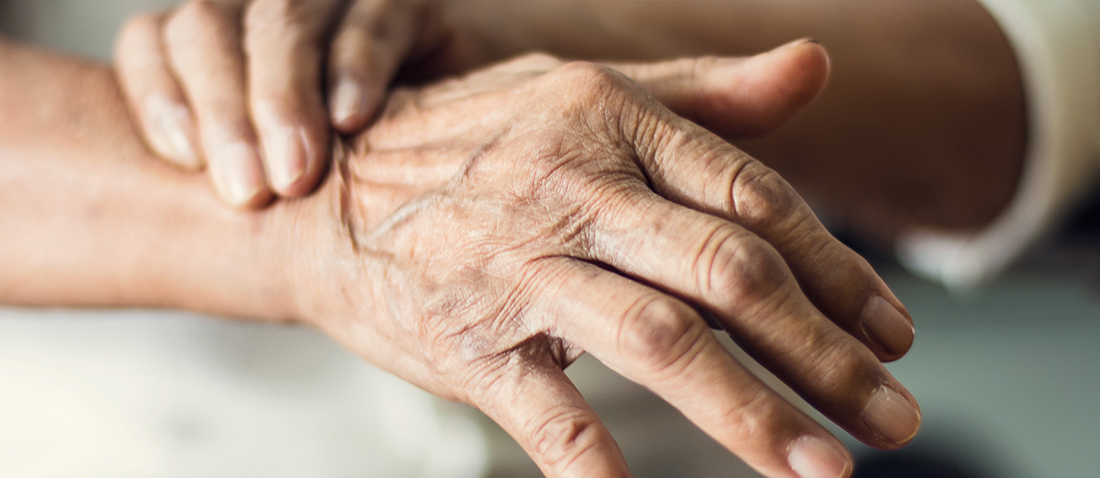
Parkinson’s Disease
Parkinson’s disease is a slowly progressive neurodegenerative disorder that can occur in any age group ranging from 45-90 years of age. Most common occurrence onset tends to be between the ages of 55-65. This condition can affect speech, fine motor skills, gait and coordination. Cognitive and psychological impairment can also occur in the later stages of this disease. Parkinson's disease occur as results of reduced production of a molecule called “dopamine” that is needed for movement and emotions.
Although there is not a cure for Parkinson’s disease there are several different medications for symptomatic relief. In severe cases surgery may be considered with deep brain stimulation. High intensity physical therapy can help in staving off Parkinson’s disease progression.
Common features of Parkinson’s Disease:
• Slow and/or small movement
• rigidity
• Resting tremor
• postural instability,
• shuffling gait
• Monotone voice
• freezing in activity
• hypotension (low blood pressure)
• constipations
• arm or leg pain
• day time sleepiness
• sleep difficulty
• cognitive changes.
• Mood changes.
• Fatigue
Lee Silverman Voice treatment (LSVT) BIG and LOUD program in therapy are the most studied and proven treatment rehab methods for parkinson’s disease.
LSVT BIG: is a program that helps with motor impairment of Parkinson’s’ disease focusing on amplitude or “bigness” and high-intensity exercise.
• protocol calls for 16 one-hour treatment sessions, four times per week for four weeks.
•That is not always feasible, thus start with 10 to 15 minutes of daily exercise
LSVT LOUD: Helps patient maintain their voice quality and improve swallowing.
Goals of treatment for Parkinson's Patients:
• Improve strength and Balance
• Improve gait
• Improve Range of motion and functional mobility